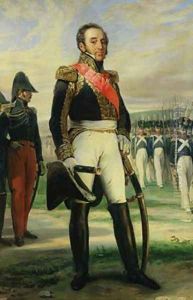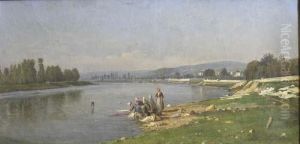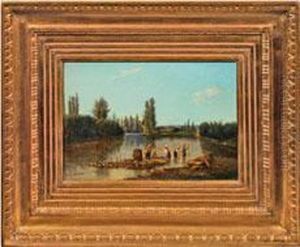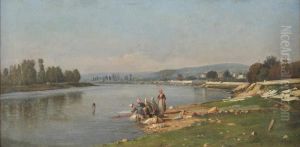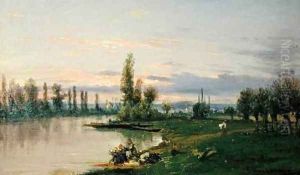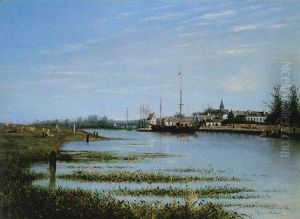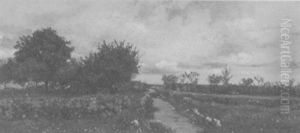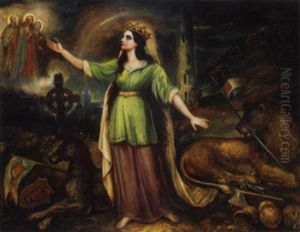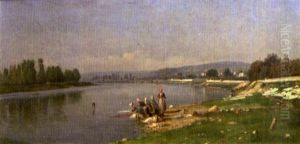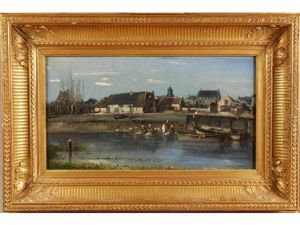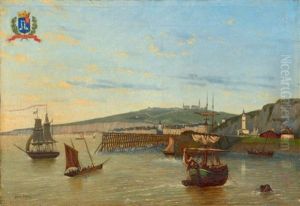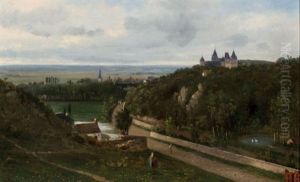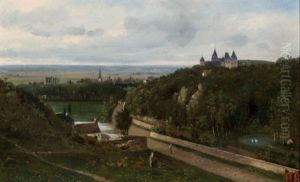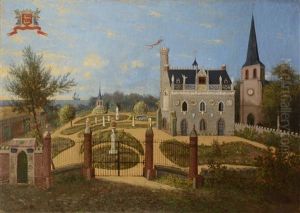Frederic Legrip Paintings
Frédéric Legrip was a French artist born in Rouen, France, in 1817. Active during the 19th century, Legrip is known for his work as a painter, lithographer, and illustrator. His artistic talents manifested at an early age, and he pursued his passion for art through education and practice, gradually developing his own unique style.
Legrip's artistic journey was shaped by the cultural milieu of his time, which was characterized by a range of artistic movements such as Romanticism and Realism. He was particularly influenced by the French landscape tradition, which celebrated the beauty of nature and often reflected a sense of national pride. Legrip’s work included a variety of subjects, from landscapes and cityscapes to historical scenes and portraits. Through his art, he sought to capture the essence of the scenes he depicted, imbuing them with a sense of realism and attention to detail.
Throughout his career, Legrip exhibited his work in various salons and galleries, gaining recognition for his artistic abilities. His contributions to the world of art were not confined to his own creations; he also engaged in the artistic community by collaborating with other artists and contributing to the development of the arts in his home region.
Unfortunately, despite his talents and contributions, Frédéric Legrip did not gain widespread fame during his lifetime, and his work remains relatively obscure in the annals of art history. He passed away in 1871, leaving behind a modest but meaningful body of work that reflects the artistic trends and sentiments of his time. Today, his works are primarily of interest to art historians and collectors who specialize in 19th-century French art.
